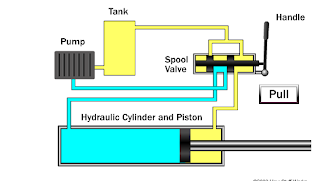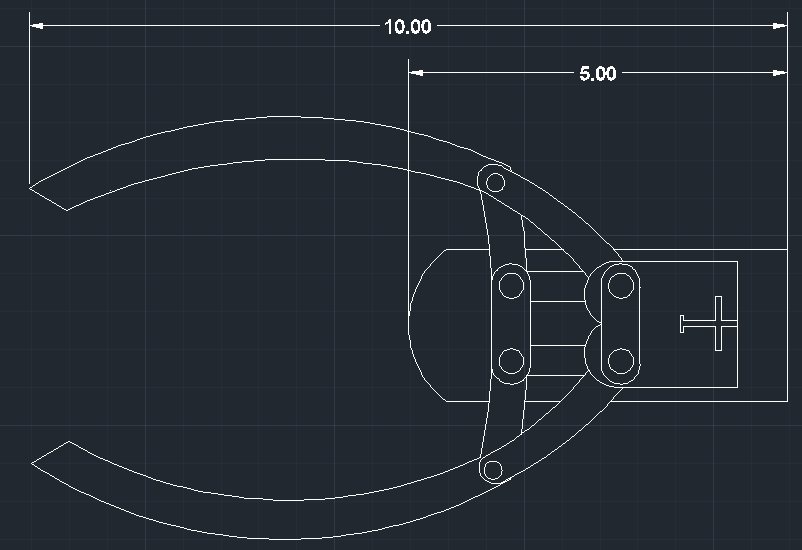Testing Stage: Preliminary
State of Solution: Stationary
Condition of Testing Stage: Classroom
Tools and Equipment reguired: Paper,
pencil, model magic, cabinet handles, wooden dowels
Testing Procedures:
1.
Draw
alternate solutions
2.
Choose
one alternate solution to model after
3.
Model
parts after drawing
4.
Discuss
functions with teachers
Testing Type: Assessment
Testing Stage: Preliminary
State of Solution: Stationary
Condition of Testing Stage: Lab setting
Tools and Equipment reguired: Aluminum
arm, controls, metal hand piece, wires, batteries, hydraulic system
Testing Procedures:
1.
Complete
arm structure
2.
Connect
wires throughout arm into metal hand pieces
3.
Connect
all wires to appropriate controls
4.
Move
wrist joint up and down
5.
If
joint doesn’t move then find problem and fix the problem
Testing Type: Assessment
Testing Stage: Secondary
State of Solution: Stationary
Condition of Testing Stage: Lab setting
Tools and Equipment reguired: Aluminum
arm, controls, metal hand piece, wires, batteries
Testing Procedures:
1.
Connect
all wires throughout arm and hand
2.
Connect
all wires to appropriate controls
Testing Type: Assessment
Testing Stage: Secondary
State of Solution: Stationary
Condition of Testing Stage: Dry
Tools and Equipment required: Aluminum arms, controls, metal hand piece, wires, hydraulic pumps
Testing Procedures:
1. Push water through hydraulic pumps so hand closes
2. Pull water out through pumps so hand opens
Testing Type: Validation
Testing Stage: Primary
State of Solution: Stationary
Condition of Testing Stage: Wet
Tools and Equipment required: Pool, aluminum arms, hydraulic tubes, pumps, controls
Testing Procedures:
1. While underwater, push water from surface to underwater device
2. See if claw pieces close
3. Extract water
4. See if claw pieces open












